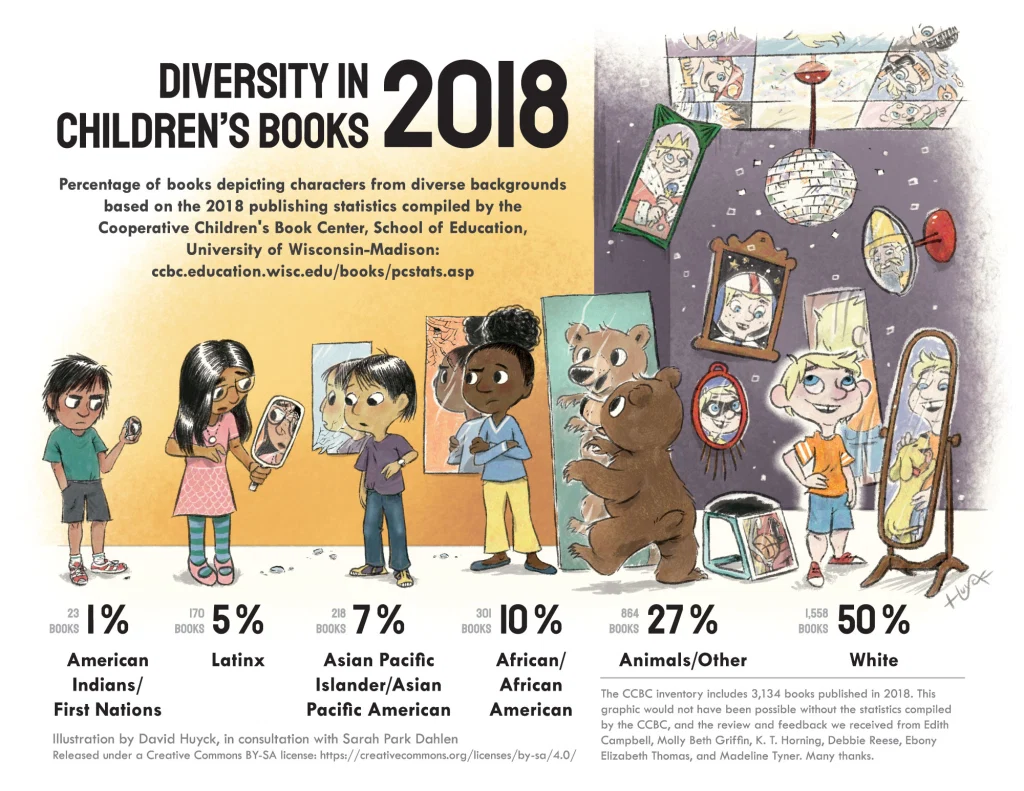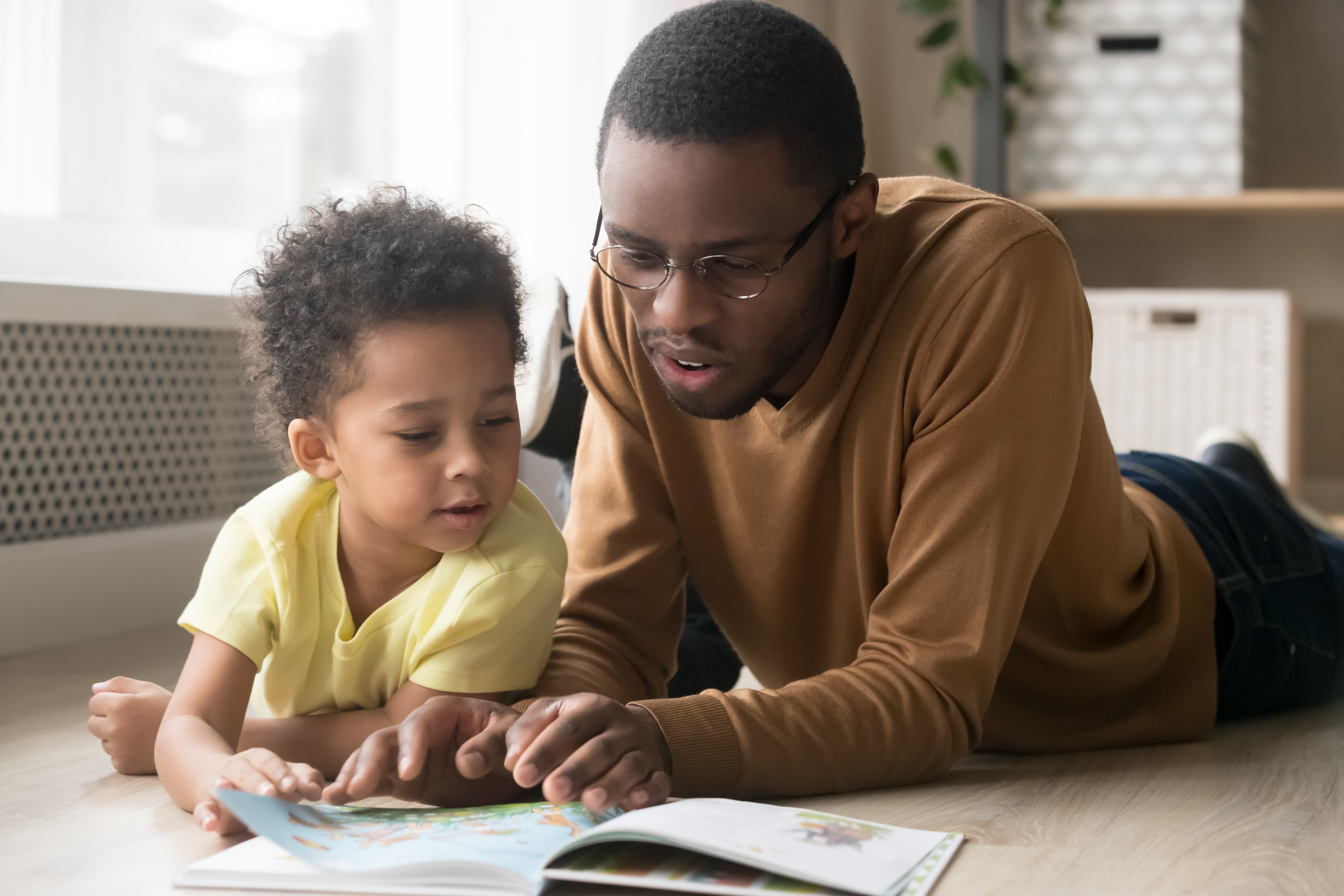The Need
Stats
- Cleveland has the highest child poverty rate in the country (2018)
- 2 out of 3 low-income kids don’t own a single children’s book
- Kids growing up in poverty hear 30 million fewer words by age 3
- Having books in the home is the biggest predictor of future academic success, regardless of parent education or income
- Children growing up in homes without books are on average three years behind children in homes with lots of books.
- One of the most successful ways to improve the reading achievement of children is to increase their access to books, especially at home.

Representation Matters
The owners of Mahogany Books, a Black-owned bookstore in Washington, D.C. say on their webpage, “Study after study show when you read books with characters that reflect your own ethnicity, it INCREASES self-confidence and self-esteem. This is paramount to us. Growing up, many of us didn’t have access to books that looked like us, but instead were forced to read characters and storylines that never shared our story or experience.”
The graphic to the right clearly explains the problem with representation in the publishing industry. Note that the mirrors on the left are cracked. This highlights how many of the stories out there are in fact misrepresentations or uphold problematic stereotypes, leading to a “funhouse mirror effect” instead of a true mirror for many children.
We are committed to increasing the percentage of our books that accurately reflect the kids and communities we partner with. Our newly-implemented Judy Payne Multicultural Book Fund gives us the ability to purchase brand-new, curated titles featuring culturally diverse characters.

Changing the Trajectory
Studies show that the most important indicators of a child’s educational success is having books in the home and being read to as a child.
Children of all ages need books to develop reading fluency, open their eyes to the world beyond their neighborhood, and fuel the imagination.

1 “Legacy of ‘redlining’: How 1930s Cleveland mortgage-lending maps mirror today’s poverty”, The Daily, July 5, 2018. https://thedaily.case.edu/legacy-redlining-1930s-cleveland-mortgage-lending-maps-mirror-todays-poverty/
2 Huyck, David and Sarah Park Dahlen. (2019 June 19). Diversity in Children’s Books 2018. sarahpark.com blog. Created in consultation with Edith Campbell, Molly Beth Griffin, K. T. Horning, Debbie Reese, Ebony Elizabeth Thomas, and Madeline Tyner, with statistics compiled by the Cooperative Children’s Book Center, School of Education, University of Wisconsin-Madison: https://ccbc.education.wisc.edu/literature-resources/ccbc-diversity-statistics/books-by-about-poc-fnn/. Retrieved from https://readingspark.wordpress.com/2019/06/19/picture-this-diversity-in-childrens-books-2018-infographic/.
